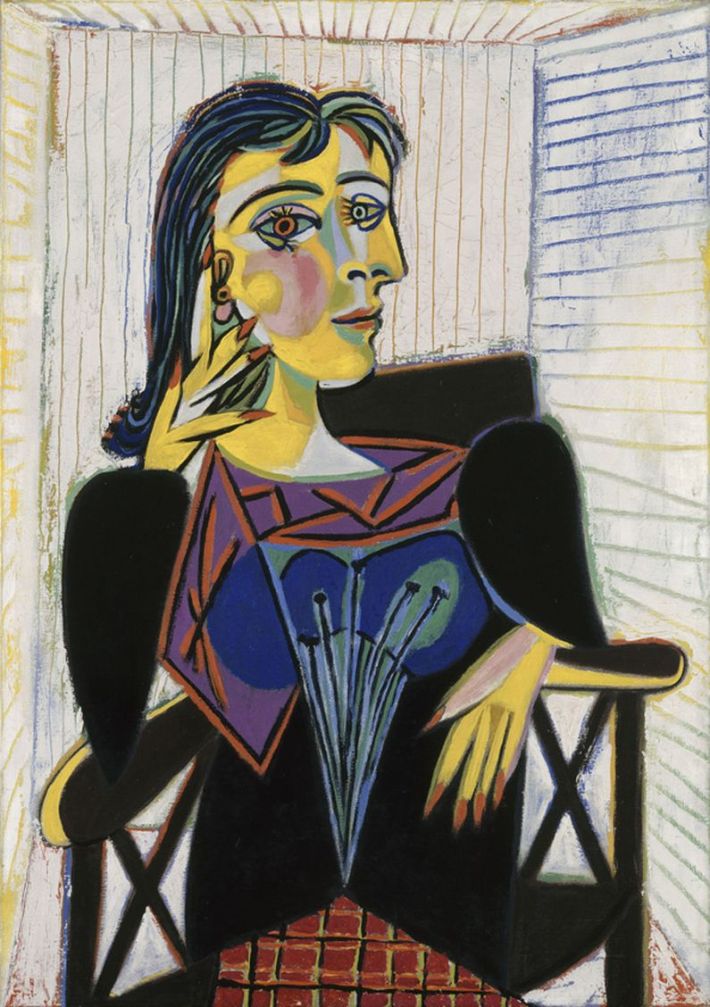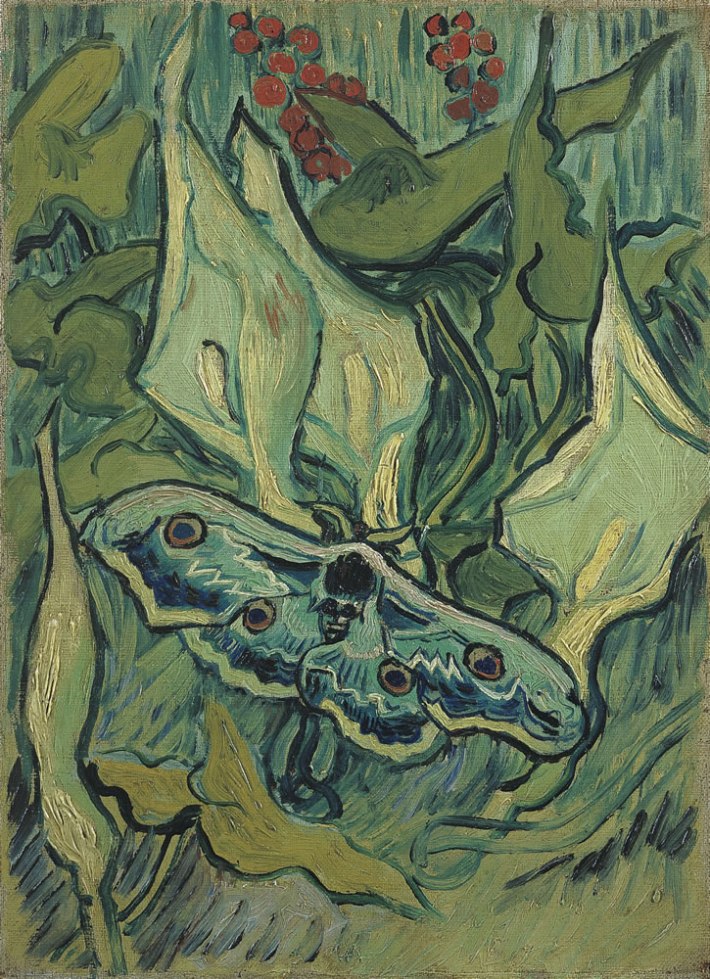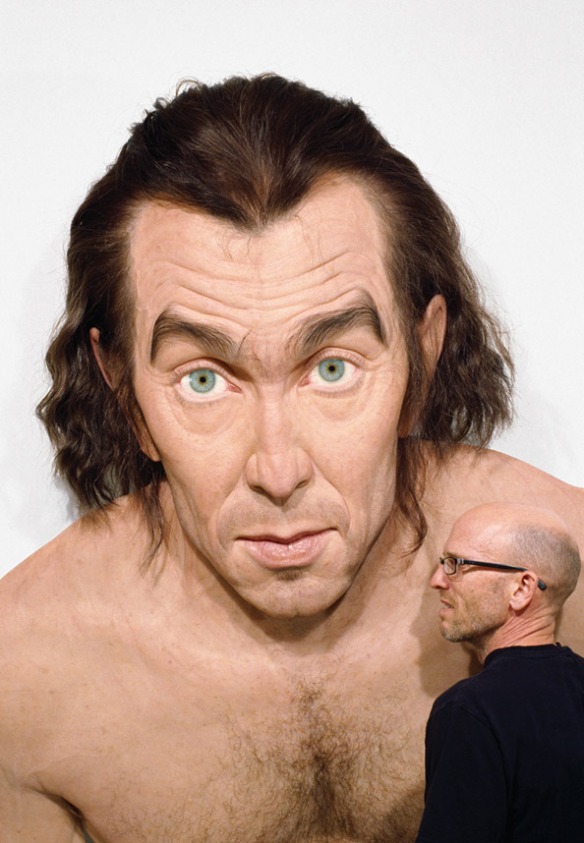There’s plenty to look forward to in 2016 at the RMG! The New Year brings all new exhibitions, community programming, learning opportunities and RMG Fridays to the gallery. We asked our staff what they were most excited about in the upcoming year and we hope you’ll let us know what you’re most excited about too!
“I am excited about new exhibitions in the second half of 2016 that will be in galleries with new floors! A beautiful wood floor in the upper Alexandra Luke Gallery and polished concrete in the RS McLaughlin Foundation Gallery will serve to highlight the amazing work that graces those spaces.”
– Linda Jansma, Senior Curator
“I’m super excited about curating, Durham Regional artist, Jay Dart’s exhibition Greetings from Yawnder! Jay Dart has created fictional worlds known as Yawnder and Elsewheres in order to explain his creative process. This exhibition will bring Dart’s world, Yawnder, to life. Each illustration will recount a different layer to his fictional story, inviting the viewer to help the character, Jiggs, on his journey. There will be installations of geist trees, jars with Magical Mystery Beards, and twig libraries, bringing Yawnder beyond the pages and into the gallery space. This participatory exhibition will have the visitor contributing to both the story and the creative process. It will be a lot of fun to work on and so rewarding to watch the community engaged with it!”
– Sonya Jones, Associate Curator
“I’m really looking forward to the Art Lab and Gallery A residencies and exhibits by contemporary artists at the RMG this year. We have an exciting line up of practicing artists who will partake in absolute audience engagement in the process of their residency. It will be fantastic!”
– Parvathi Bhat, Gallery Educator
“Prepare yourself for February 5th. RMG Fridays will be celebrating its 5th anniversary and will be off the hook amazing!! Dance performances, 2 musical acts and the opportunity to watch an artist paint live on site are just a few things in store. We even have Museum Hack, all the way from New York on-site hosting interactive exhibition tours and I can hardly contain my excitement! It has been a thrilling night to program and will be even more epic to see first-hand. I’m also counting down the days until the March 4th RMG Fridays to hear Birds of Bellwoods perform! The incredibly talented band that stole the hearts of our guests will be back by popular demand for both sets of music. This time I’m buying a CD; They sold out before I could get my hands on one last time!”
– Carla Sinclair, Manager of Community and Volunteer Development
“I’m really excited about Sarindar Dhaliwal’s exhibition in May. I first saw her work while I was a student in 2006 and am looking forward to seeing what she does at the RMG in 2016. I’m also looking forward to ‘meeting’ more of our community online through social media. Log on and say hello on Facebook, Twitter and Instagram!”
– Sam Mogelonsky, Manager of Marketing and Communications
Image: Now Entering Beyawnder, Jay Dart, 2015-2700






